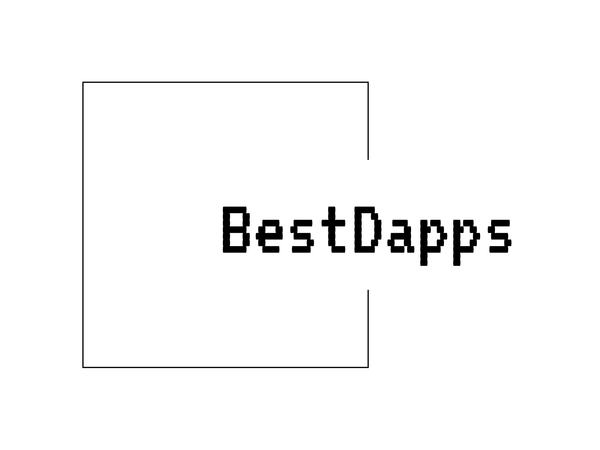Dan Larimer: The Architect of Decentralized Dreams
Share
Dan Larimer: A Biographical Summary
Daniel Larimer, commonly known as Dan Larimer, is a highly influential figure within the blockchain and cryptocurrency sectors. Known for being a software programmer, engineer, and entrepreneur, Larimer has played a pivotal role in the development of multiple blockchain projects. His work has notably impacted the decentralized space, and he is recognized for the creation and contribution to decentralized applications, governance models, and consensus mechanisms.
Early Life and Background
Larimer was born in Colorado and raised in Virginia, USA. With a background in computer science, he pursued studies at Virginia Polytechnic Institute and State University (Virginia Tech), where he earned a degree in Computer Science. During his early years, Larimer developed a passion for innovative technologies, specifically those related to distributed systems and digital autonomy.
Dan Larimer’s interest in the philosophy of decentralization and personal liberty strongly influenced his professional directions. His focus on the ideas of self-sovereignty, individual control over data, and privacy laid the foundation for his future ventures within the blockchain ecosystem.
BitShares and the DPoS Consensus Mechanism
Larimer co-founded BitShares in 2014, one of the first projects recognized for implementing a decentralized exchange (DEX). The BitShares network was designed as a financial service platform that allowed users to create tokens backed by real-world assets, a concept that contributed to the early growth of decentralized finance (DeFi).
A significant achievement associated with BitShares is Larimer’s design of the Delegated Proof of Stake (DPoS) consensus mechanism. Distinct from traditional proof-of-work (PoW) or proof-of-stake (PoS) methodologies, DPoS allowed blockchain networks to achieve higher transaction throughput and enhanced decentralization by assigning block validation rights to delegates chosen by token holders. This innovation allowed BitShares and future blockchain platforms such as EOS to process transactions quickly and efficiently without losing security.
While BitShares was technologically ahead for its time, it did not achieve the mainstream success of other projects in the decentralized space. However, the DPoS model remains influential and is used extensively in several blockchain networks.
Steemit: Merging Social Media and Blockchain
Following his work on BitShares, Dan Larimer turned his focus to social media. In 2016, he co-founded Steemit, a blockchain-based social media platform designed to reward content creators with cryptocurrency. Users could post, comment, and upvote content, and, through a reward system, both curators and creators would earn Steem tokens for popular contributions.
Steemit was groundbreaking in its application of blockchain technology within the social media industry. By decentralizing content and rewarding contributions, Larimer aimed to move away from the traditional advertising-driven models of mainstream social networks.
Despite its innovative premise, Steemit experienced growing pains. While the platform gained a dedicated following, challenges involving scalability and decentralization of governance emerged. In 2020, Larimer resigned from his role in Steemit, citing differences with the direction the platform was headed after a change in ownership. The resignation stirred debates within the community but underscored Larimer’s strict adherence to decentralization principles.
EOS.IO: Achieving Scalability and Governance Optimization
Perhaps Larimer’s most notable and ambitious project to date is EOS.IO. Introduced through a highly successful initial coin offering (ICO) in 2017, the platform was developed under his company, Block.one, where Larimer served as Chief Technology Officer (CTO). EOS.IO was created as a blockchain architecture aimed at addressing issues of scalability, transaction speed, and ease of development previously seen in older blockchain networks like Ethereum.
EOS.IO utilized the DPoS consensus mechanism, once again showcasing Larimer’s belief in the model’s ability to solve the blockchain trilemma: achieving decentralization, scalability, and security simultaneously. The platform was touted as capable of processing millions of transactions per second, with minimal or no transaction fees – a feature that attracted a great deal of attention from blockchain developers and businesses alike.
Another distinctive feature of EOS.IO was its sophisticated governance model, which allowed token holders to vote on changes to the protocol, elect block producers, and manage the network's functioning. This level of on-chain governance reflected Larimer’s belief in decentralized decision-making systems.
However, despite these innovations, EOS.IO faced scrutiny regarding network centralization. Due to the small number of validators and concerns about the concentration of power among a subset of participants, critics questioned whether the platform had achieved the level of decentralization that blockchain technology fundamentally promises. Additionally, there were instances where Block.one’s role in EOS governance was scrutinized for being overly influential.
